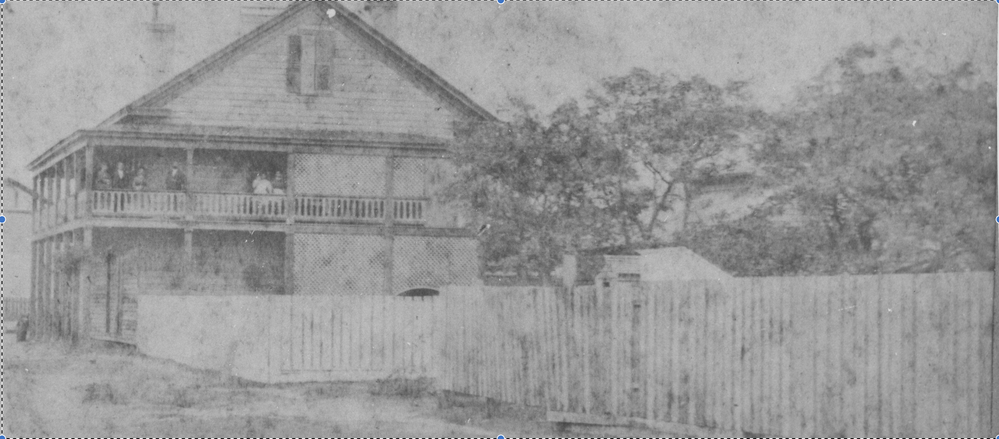
The "Scandalous" History of Tivoli High House
The Tivoli High House at 205 Zaragoza Street in Downtown Pensacola was once a lively entertainment hotspot—the place to "see and be seen" in Pensacola in the 1800's. Though it was demolished in 1937, a reproduction of the original building, constructed in 1976 on the same site, today serves as a museum store, ticket center and focal point of Historic Pensacola that provides a fascinating glimpse of local history for visitors.
At the time the Tivoli was constructed, Pensacola's population was on the rise. In 1803 an influx of European military troops had arrived, reassigned from New Orleans to Pensacola after the United States purchased Louisiana from France. Hundreds of Spanish Infantrymen migrated here, along with a Frenchman by the name of Jean Baptiste Cazenave.
The population boom created a demand for a social center for gatherings and entertainment, and in 1804 Cazenave and two compatriots drew up plans for a multi-building entertainment complex. The Tivoli High House would include the Tivoli Dance Hall, an octagonal rotunda with a 20-foot radius to the east of the main building, a kitchen and other outbuildings.
Completed in 1805, the Tivoli provided lively entertainment for the diverse citizens of Pensacola including future First Lady Rachel Jackson, who described the Tivoli as “mixed with all nations under the canopy of heaven.” The buildings were used for eating, drinking, theater and gaming, and an 1810 description mentions "a small neat rotunda for public balls."
In the 1840s the Tivoli property was purchased by Don Francisco Moreno, who demolished the ballroom to construct a private residence and converted the High House into the Hotel de Paree. The main building was confiscated by Union soldiers during the Civil War, during which time it was known as the "Spanish Barracks."
[PHOTO CREDIT: PENSACOLA HISTORICAL SOCIETY/TIVOLI HIGH HOUSE, 1874]